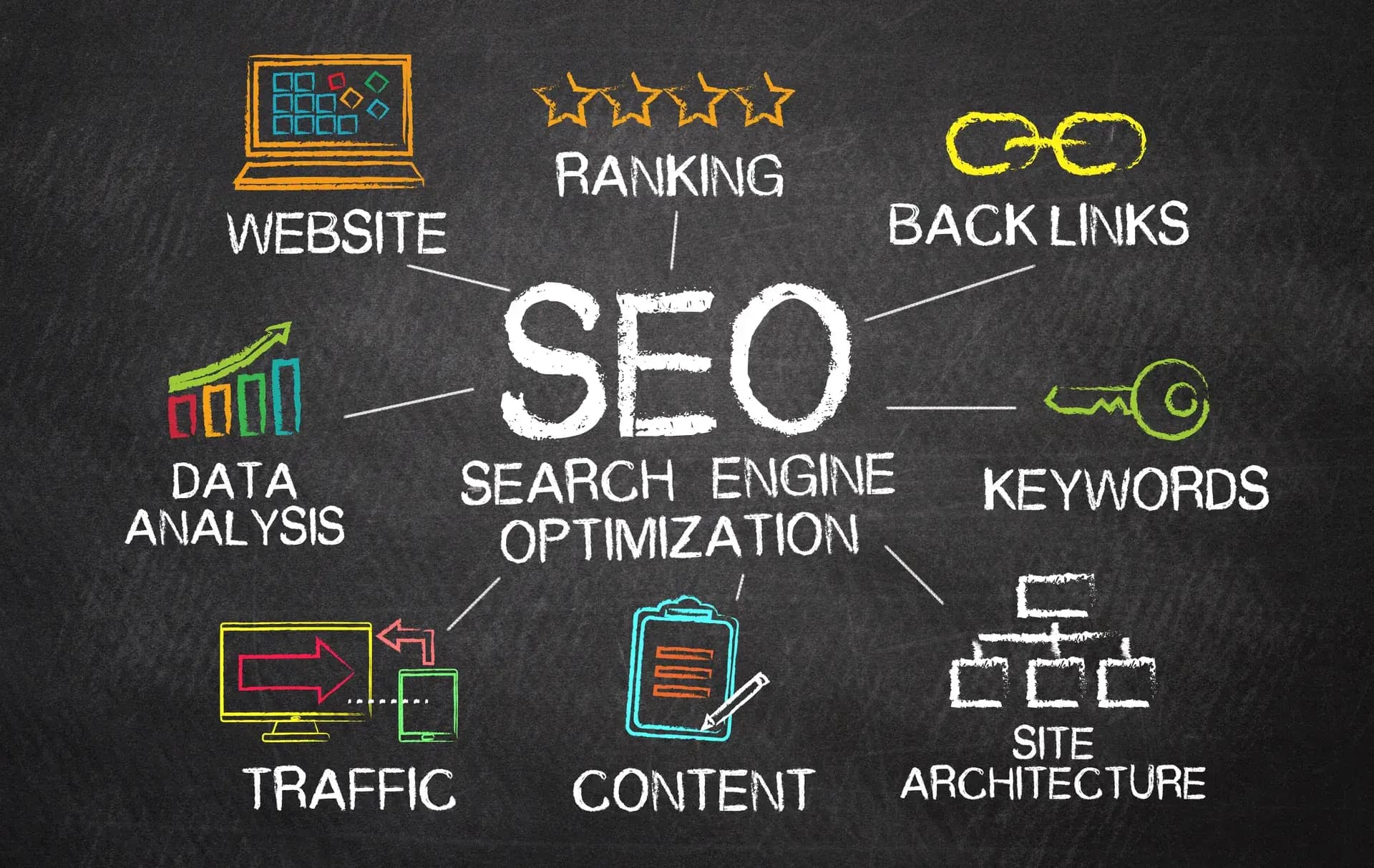SEO content analysis is a crucial step in enhancing your website's visibility and driving organic traffic. By evaluating your content, you can identify strengths and weaknesses, making necessary improvements to meet the demands of both search engines and your target audience. In this comprehensive guide, we’ll walk you through the process of conducting an effective SEO content analysis to boost your rankings and engagement.
What is SEO Content Analysis?
SEO content analysis involves reviewing and evaluating your content against SEO best practices. This process helps determine how well your content performs in search engine rankings and how effectively it meets the needs of your audience. Key components of content analysis include:
- Keyword Usage
- Content Quality
- Readability
- Engagement Metrics
- On-Page SEO Elements
1. Conduct a Keyword Analysis
Start by reviewing the keywords you are targeting in your content. Ensure that the right keywords are integrated naturally into your headings, subheadings, and body text. Key practices include:
- Keyword Research: Use tools like Google Keyword Planner or SEMrush to identify relevant keywords.
- Long-Tail Keywords: Incorporate long-tail keywords to target specific queries and attract niche audiences.
2. Evaluate Content Quality
Your content should provide value to readers. Assess the quality by asking the following questions:
- Is the content informative and engaging?
- Does it answer the user's search intent?
- Is it unique, or does it duplicate existing content?
3. Check Readability
The readability of your content is critical for user engagement. Use tools like Hemingway or Readable to analyze:
- Sentence length
- Paragraph structure
- Use of jargon or complex vocabulary
4. Analyze Engagement Metrics
Tools like Google Analytics can provide insights into how users interact with your content. Monitor metrics such as:
- Average time on page
- Bounce rate
- Scroll depth
5. Review On-Page SEO Elements
Ensure that all on-page SEO elements are optimized, including:
- Title Tags: Should be concise and include primary keywords.
- Meta Descriptions: Craft compelling descriptions that encourage clicks.
- Headers: Use clear heading structures to improve content organization.
Conclusion
Conducting an SEO content analysis is vital for optimizing your website and attracting organic traffic. By following the steps outlined above, you can enhance the quality and relevance of your content, aligning it with both user intent and search engine requirements. To streamline your content optimization process, consider partnering with Prebo Digital, where our expertise can help your content shine online. Ready to boost your content strategy? Contact us today for a consultation!







